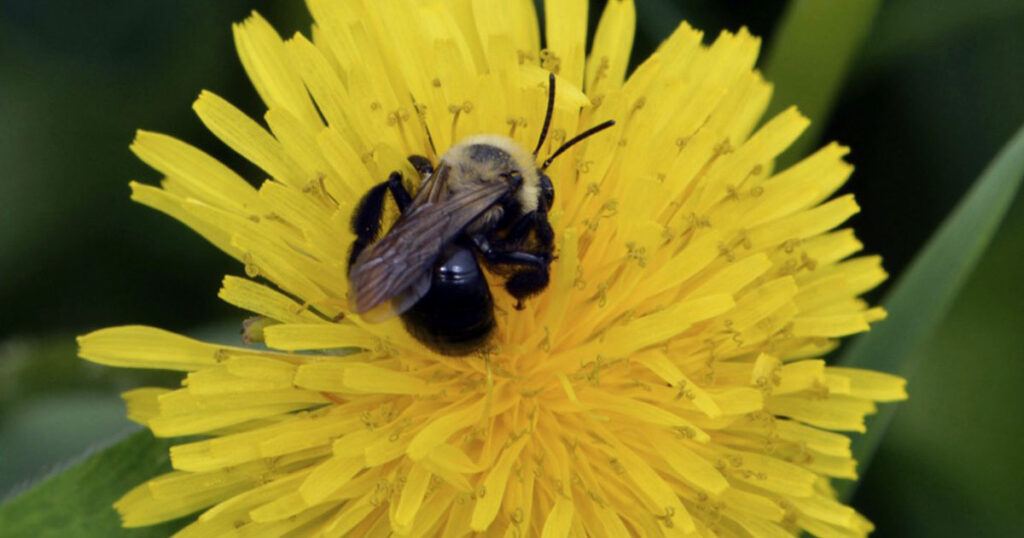The Land of Solitary Bees
As bee populations decline, researchers pursue new routes

The 2008 colony collapse disorder saw millions of worker bees die in hives across the country. The mass die-off engendered a surge in honeybee research at universities and agricultural experiment stations coast to coast. At Cornell University, the collapse sent entomologist Bryan Danforth heading in a different direction: into the land of solitary bees.
Brought by settlers from Europe, honeybees aren’t native to America. But wild bees are. These bees don’t congregate in hives, producing honey and wax, but instead have nests in the ground, in wood, in hollow stems, and even in vacant snail shells. About 75 percent of bees are ground-nesting, Danforth says, and 15 percent are brood parasitic, which means only 10 percent are the hive-based, social bees, like bumblebees and honeybees, that most people know. Like honeybees, wild bees pollenate plants, and Mia Park and Laura Russo, both former members of Danforth’s laboratory, have shown that they are better, and more efficient at pollenating than honeybees are.
In New York State’s many apple orchards, from those upstate to those in the Hudson River Valley, Danforth’s lab has been doing surveys and studies for 10 years. They have found some 119 different kinds of solitary and social wild bees busy at work, coating themselves with pollen as they scramble through blossoms. About half of the apple growers, whom Danforth describes as “pretty savvy observers,” have stopped paying to have owners bring honeybees into their orchards, preferring to rely on wild bees to pollenate their trees. “It’s a new area to explore,” Danforth says. “Is the honeybee crucial to a crop?”
Apple growers know that spraying insecticides is terrible for both native bees and honeybees, and they actively avoid spraying fungicides when the flowers are in bloom. But fungicides, “may be more damaging to bees than we know,” Danforth says.
Workers in his lab are exploring whether there’s a correlation between fungicide use and declining bee abundance. When companies test fungicides on bees, they focus on adult bees. Danforth wants to know what role fungicides play in larval development.
Every August over the past 22 years, Danforth and colleagues from around the country have offered The Bee Course, a 10-day training class in bee identification, ecology, and conservation, at the Southwestern Research Station in Portal, Arizona. The Bee Course typically attracts applicants from around the world.
Like other U.S. universities, Cornell has been closed since March. Instruction has moved online, and only time-sensitive research has continued, which has posed some problems to The Bee Course’s organizers. This year, they chose 24 participants from a pool of 120 applicants, all of whom were from North America. They were worried that students and researchers from Europe or South America would not be able to attend because of delays in visa processing. Another potential problem is that while participants do field work alone, they use 12-person vans to get to different sites, and they work closely together when in the lab, which will make social distancing difficult.
“It isn’t clear yet what we can do,” Danforth says. “I’m hoping we can go ahead, but things aren’t settled yet.”

